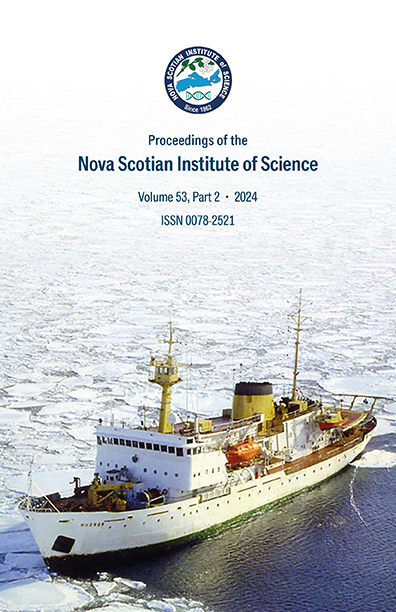Soundwaves in the North Atlantic: Detecting the offshore bats of Sable Island
DOI:
https://doi.org/10.15273/pnsis.v53i2.12328Abstract
As Sable Island National Park Reserve approaches a decade of protection under Parks Canada, new data on the island’s biodiversity is useful for informing management. An ultrasonic autonomous recording unit was deployed for 15 months over two years (October 5, 2015-
January 8, 2017) to quantitatively characterize the presence of bats on Sable Island. A total of 1721 echolocation passes were identified across the 32 nights that bats were detected on the island (6.9% of total recording nights). Of the nights that bats were detected, Lasionycteris noctivagans (Silver-haired Bat) was present on 65% of nights, Myotis species were present on 53% of nights, Lasiurus borealis (Eastern Red Bat) was present on 25% of nights, and Lasiurus cinereus (Hoary Bat) was present on 6.25% of nights. All recordings were captured between late-September and early-December. Evidence of bat species on Sable Island, whether deliberately stopping during migration or brought there by external factors such as weather, highlights that the island may be more important for bats than previously thought.
Keywords: bats, bioacoustics, migration, monitoring, Sable Island


